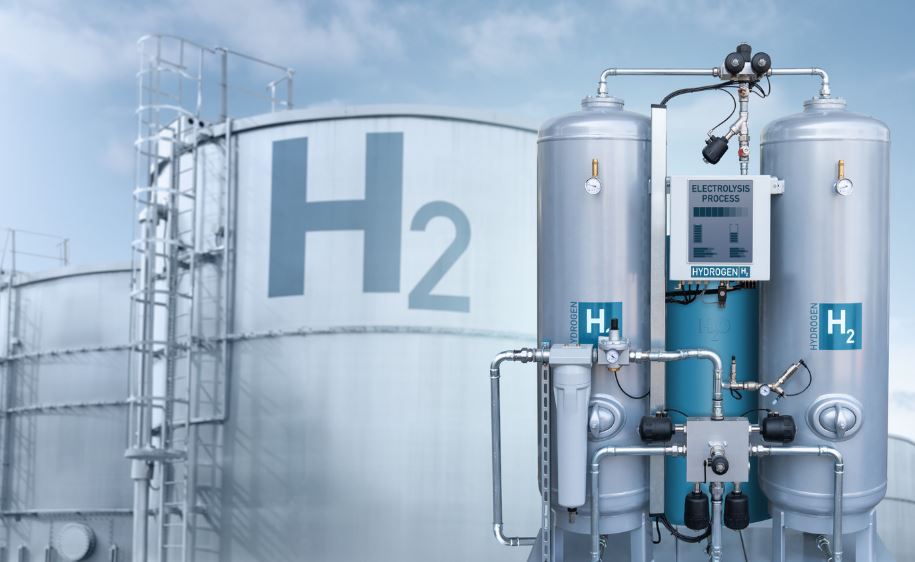The hydrogen 45V tax credit intended to catalyze the electrolysis sector has inadvertently opened a loophole with significant implications for renewable natural gas (RNG).
With an allocation structure that potentially redirects subsidies away from critical electrolysis innovation towards RNG producers, this oversight could allow subsidies to cover nearly all the capital and operational expenditures of carbon capture, utilization, and storage (CCUS) power plants. While this might offer a competitive advantage for hydrogen production, it triggers a complex debate over appropriate subsidy allocation, risking the focus on developing a robust electrolysis manufacturing base—a vital industry goal, particularly in light of maintaining competitive parity with Chinese technology advancements in renewable energy sectors.
The Loophole
The loophole emerges from allowing RNG to blend within the framework of the 45V tax credit through the power sector—an approach that deviates from the initial legislative intent. Crucially, RNG carries a negative carbon intensity metric, a factor that, combined with a book-and-claim system, raises substantial policy concerns. With claims of emissions offsets divorced from the actual delivery of RNG, projects can artificially purchase emissions attribute certificates (EACs) to reduce carbon intensity. Under current rules, a 5% RNG blend can produce a substantial cut in overall carbon intensity for all power generated, thus jeopardizing the original intent to eliminate the blending of RNG.
Potential Economic Impact
According to this policy structure, hydrogen generated through these means could attract subsidies of up to $3 per kilogram. Considering the mechanics, such as RNG priced at $25 per million British thermal units (mmbtu), the variable operational expense stands markedly lower than the subsidy potential—demonstrating a potentially high return on investment for stakeholders at the taxpayers’ expense. This scenario emphasizes an economic efficiency rationale, where RNG use could facilitate electrolysis production effectively yet directs public funds primarily towards RNG production rather than lowering the cost of electrolysis technologies.
The pathway articulated for 45V-GREET credits—vital for setting emissions standards within the hydrogen production process—illustrates the complexities induced by this loophole. DIG reactions allow RNG use where carbon capture and storage options might not have been fully vetted within the rulemaking frame. Consequently, the described blending pathway appears absent in the required modeling, posing significant implications for policy designers who overlooked this potential subsidy strategy. The lack of explicit prohibition in utilizing RNG as a feedstock underpins these tactical maneuvers, presenting an unintentional, potentially costly subsidy channel.
Long-Term Industry Concerns
The projection of 45V tax credits indicates that over its lifespan, the market could see an outflow of $6.2 billion in subsidies towards infrastructure capable of producing 1.4 million tonnes of hydrogen, contrasting starkly with the projected static capital and operational expenditures. What remains concerning is that such fiscal policy structures not only redirect intended benefits away from lowering electrolyzer costs but could instead sustain a perpetually financed RNG sector without significant efficiency gains in electrolysis manufacturing—thus contradicting broader strategic energy objectives set forth by policymakers.
Finally
The current structuring of the 45V tax credit, with its allowance for RNG in hydrogen production, underscores foundational policy loopholes which, if left unchecked, may lead to prolonged misallocation of public resources, delay in the competitive enhancement of the electrolysis market, and an overall diminishing return relative to program expectations. While the pathway to corrective action involves modeling adjustments and potential legislative revisits, the prevailing narrative illustrates an urgent need for coherent policy adjustments to align subsidies with transformative energy production efficiencies.





